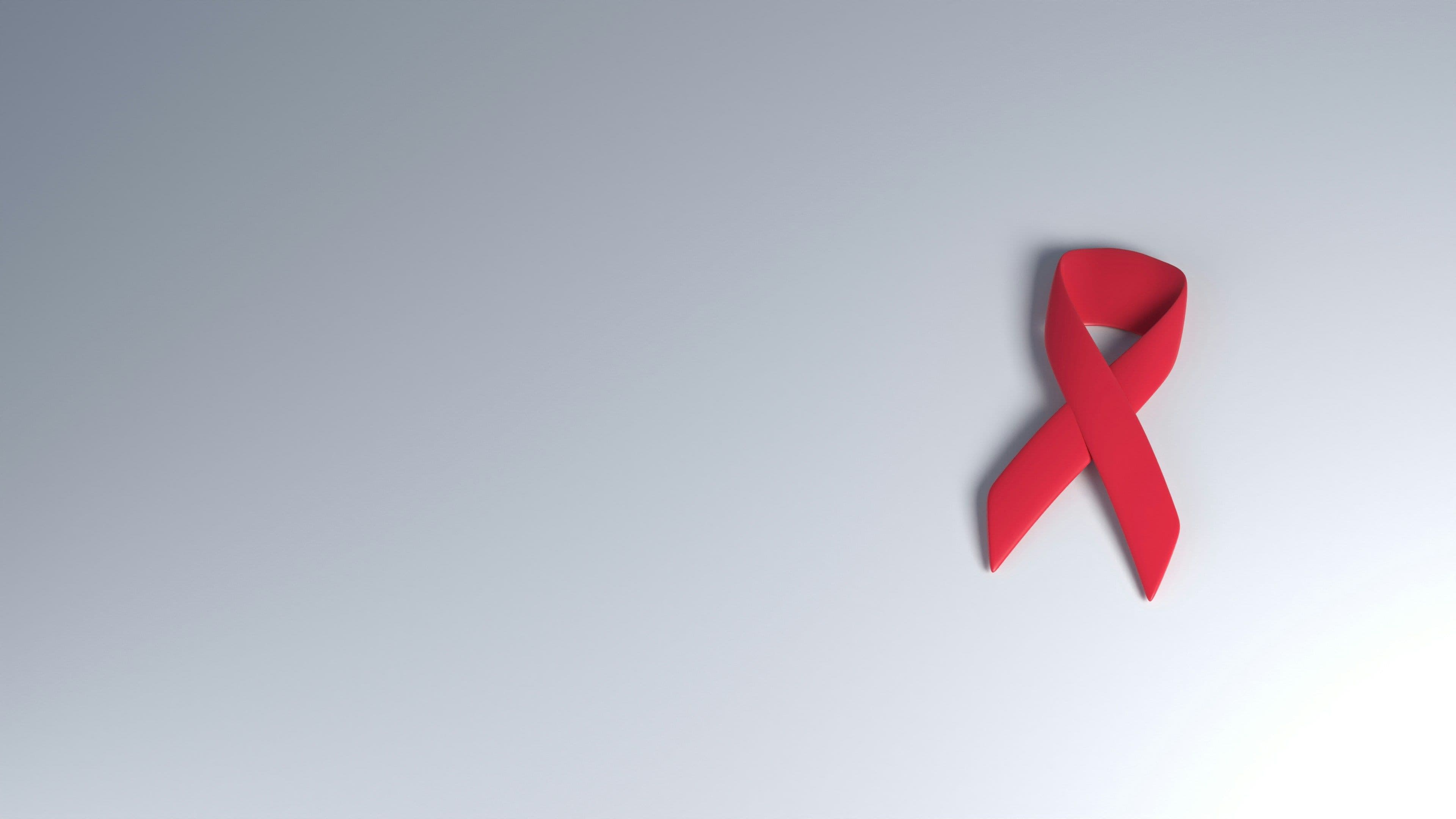Breast Cancer Awareness: What Everyone Needs to Know
Breast cancer is a topic that touches countless lives, whether you’re a woman navigating your health journey, a caregiver, or a loved one supporting someone through diagnosis. It’s a subject that can feel overwhelming, but knowledge is power. October is Breast Cancer Awareness Month, a time to educate ourselves, break down myths, and take action. In this article, we’ll walk through everything you need to know about breast cancer awareness, from understanding the disease to spotting signs of breast cancer and embracing early detection. Let’s dive in with hope, empathy, and a shared goal of healthier lives.
What Is Breast Cancer? A Simple Overview
Breast cancer begins when cells in the breast grow out of control, forming a tumor that can often be felt as a lump or seen on a mammogram. It can start in different parts of the breast, most commonly in the ducts (tubes that carry milk to the nipple) or lobules (glands that produce milk). While it primarily affects women, men can also develop breast cancer, though it’s far less common.
Why Awareness Matters
Awareness isn’t just about wearing pink ribbons; it’s about saving lives. When we talk about breast cancer awareness, we’re spreading knowledge about early detection, risk factors, and prevention. Awareness empowers women to take charge of their health, encourages regular screenings like mammograms, and fosters support for those affected. It’s a reminder that no one fights alone.
Statistics & Impact: The Numbers Behind Breast Cancer
Let’s look at some eye-opening facts to understand the scale of breast cancer and why early detection is a game-changer:
- According to the American Cancer Society (ACS), about 1 in 8 women in the U.S. will develop invasive breast cancer over their lifetime.
- In 2023, an estimated 297,790 new cases of invasive breast cancer were expected among women in the U.S.
- The 5-year survival rate for localized breast cancer (caught early) is 99%, but it drops significantly if the cancer spreads.
- Early detection through mammograms and self-exams can reduce the risk of dying from breast cancer by up to 30%.
These numbers aren’t meant to scare you—they’re a call to action. Knowing the stats shows how vital breast cancer symptoms awareness and screenings are for better outcomes.
Risk Factors: Who’s at Risk?
While anyone can develop breast cancer, certain factors increase the likelihood. Understanding these can help you make informed choices:
- Age: Risk rises after 40, with most cases diagnosed in women over 50.
- Family History: Having a close relative (mother, sister, daughter) with breast cancer doubles your risk.
- Genetics: Mutations in genes like BRCA1 and BRCA2 significantly raise the risk (consult a genetic counselor if you’re concerned).
- Hormonal Factors: Early menstruation (before 12), late menopause (after 55), or hormone replacement therapy can play a role.
- Lifestyle: Obesity, lack of physical activity, excessive alcohol (more than one drink per day), and smoking are linked to higher risks.
Remember, having risk factors doesn’t mean you’ll get breast cancer. It’s about being proactive with your health.
Early Signs & Symptoms: What to Watch For
Catching breast cancer early starts with knowing your body. Here are some common and less common breast cancer symptoms to be mindful of:
Common Symptoms
- A lump or thickening in the breast or underarm area.
- Changes in breast size, shape, or appearance.
- Unexplained pain in the breast or nipple.
- Nipple discharge (other than breast milk), especially if bloody.
Less Common Symptoms
- Skin changes, like dimpling, puckering, or redness (sometimes resembling an orange peel).
- Nipple retraction (turning inward).
- Swelling in part of the breast, even without a lump.
If something feels “off,” trust your instincts. Not every change means cancer, but it’s worth checking out.
Importance of Early Detection: Your First Line of Defense
Early detection can mean the difference between a treatable condition and a tougher battle. Here’s how to stay ahead with early detection strategies:
Self-Exams: Know Your Normal
- Perform monthly self-exams about 3–5 days after your period ends (or on a set day if you’re postmenopausal).
- Look for lumps, changes in texture, or asymmetry while standing and lying down.
- Check in front of a mirror for visual changes.
- Not sure how? The ACS offers step-by-step guides online.
Clinical Exams
- Schedule a clinical breast exam with your doctor every 1–3 years starting in your 20s, and annually after 40.
Mammograms: The Gold Standard
- A mammogram is an X-ray of the breast that can detect cancer before you feel a lump.
- Guidelines (per ACS):
- Ages 40–44: Optional yearly mammograms.
- Ages 45–54: Yearly mammograms recommended.
- Ages 55+: Every 1–2 years, based on personal risk and doctor advice.
- High-risk women may need earlier or more frequent screenings.
Don’t skip your mammogram—it’s a small step that could save your life.
Prevention & Lifestyle Tips: Take Charge of Your Health
While not all cases can be prevented, adopting healthy habits can lower your risk. Try these breast cancer prevention tips:
- Eat Well: Focus on a diet rich in fruits, vegetables, whole grains, and lean proteins. Limit processed foods and red meat.
- Stay Active: Aim for at least 150 minutes of moderate exercise weekly (think brisk walking or yoga).
- Limit Alcohol: Keep it to one drink per day or less.
- Quit Smoking: It’s never too late to stop—smoking is linked to many cancers, including breast cancer.
- Maintain a Healthy Weight: Excess body fat, especially after menopause, can increase risk.
- Manage Stress: Chronic stress affects overall health—try meditation, journaling, or therapy.
Small changes add up. Start with one goal and build from there!
What to Do If You Notice a Change
Finding a lump or change can be scary, but don’t panic. Here’s what to do:
- Contact Your Doctor: Schedule an appointment ASAP. Describe the change in detail.
- What to Expect: Your doctor may perform a physical exam, order a mammogram, ultrasound, or biopsy if needed.
- Next Steps: If something suspicious is found, you’ll be referred to a specialist for further testing or treatment planning.
Acting quickly is key. Most breast changes aren’t cancer, but it’s always better to know for sure.
Conclusion: Empowerment Through Awareness
Breast cancer is a challenge, but it’s one we can face with knowledge, courage, and community. By understanding breast cancer symptoms, prioritizing early detection with mammograms, and embracing breast cancer prevention tips, we take control of our health. Let’s honor Breast Cancer Awareness Month by committing to self-care and supporting each other. You’ve got the power to make a difference—start today.
(Note: For internal/external links, consider linking to resources like the American Cancer Society or local health services for screenings if publishing on a website.)



